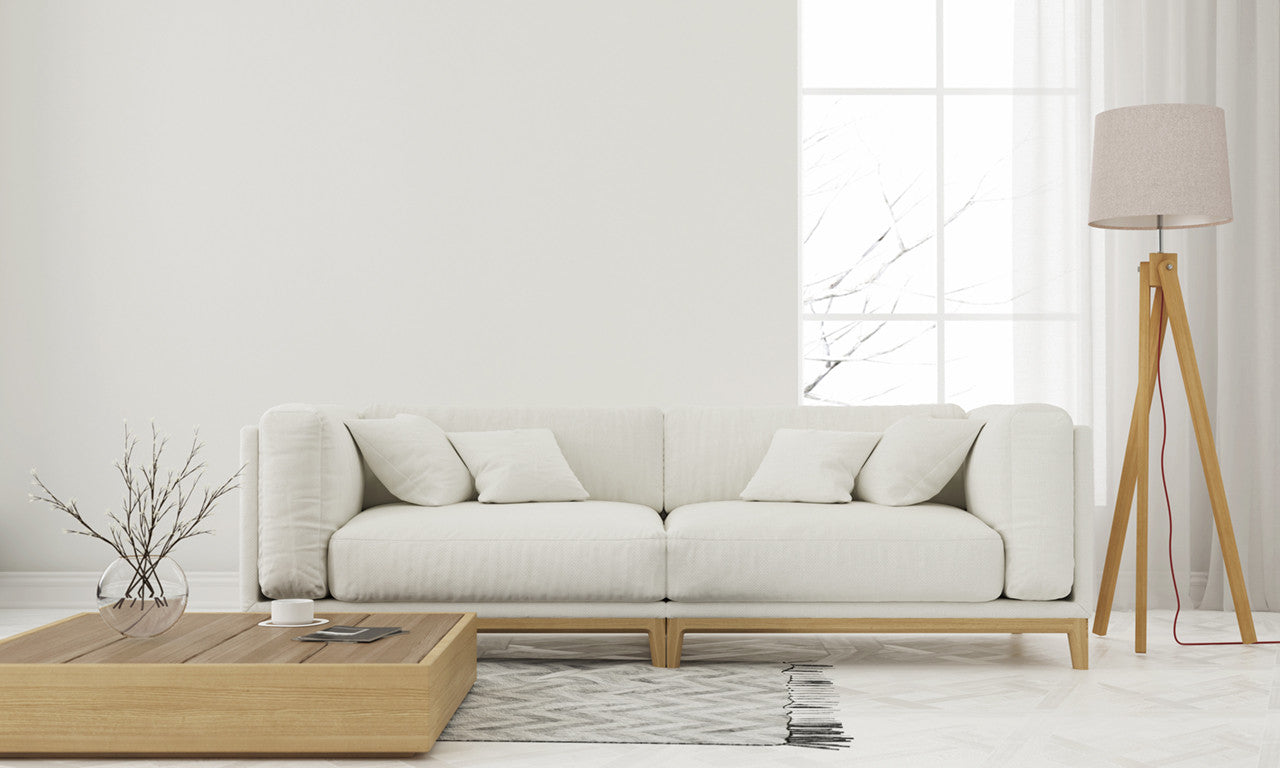When it comes to interior design, color plays a crucial role in setting the mood and atmosphere of a space. But have you ever wondered about the psychology behind the colors we choose for our homes? Let's delve into the fascinating world of color psychology in interior design.
How do colors affect our emotions?
Colors have the power to evoke specific emotions and feelings. For example, warm colors like red, orange, and yellow are known to create a sense of energy and warmth, making them ideal for social spaces like living rooms or dining areas. On the other hand, cool colors like blue, green, and purple have a calming effect, perfect for bedrooms or home offices where relaxation is key.
What are the most popular colors in interior design?
While color trends come and go, some hues remain timeless in interior design. Neutral colors like white, beige, and gray are popular choices for their versatility and ability to create a sense of balance in a room. Earthy tones such as terracotta, olive green, and mustard yellow have also been gaining popularity for their connection to nature and grounding effect.
How can you use color to enhance a space?
Understanding the psychology of color can help you make informed decisions when designing a space. For instance, using a pop of vibrant color like red or orange as an accent can add excitement and energy to a room. Conversely, incorporating soft pastel shades can create a sense of serenity and tranquility.
Are there any universal rules for using color in interior design?
While color preferences can be highly subjective, there are some universal principles to keep in mind. For example, the 60-30-10 rule suggests using a dominant color for 60% of the space, a secondary color for 30%, and an accent color for 10% to achieve a balanced look. Additionally, considering the natural light in a room is essential, as it can affect how colors appear.
Color psychology in interior design is a fascinating subject that showcases the powerful impact colors can have on our emotions and well-being. By understanding the psychology behind color choices, you can create a space that not only looks beautiful but also feels harmonious and inviting.
